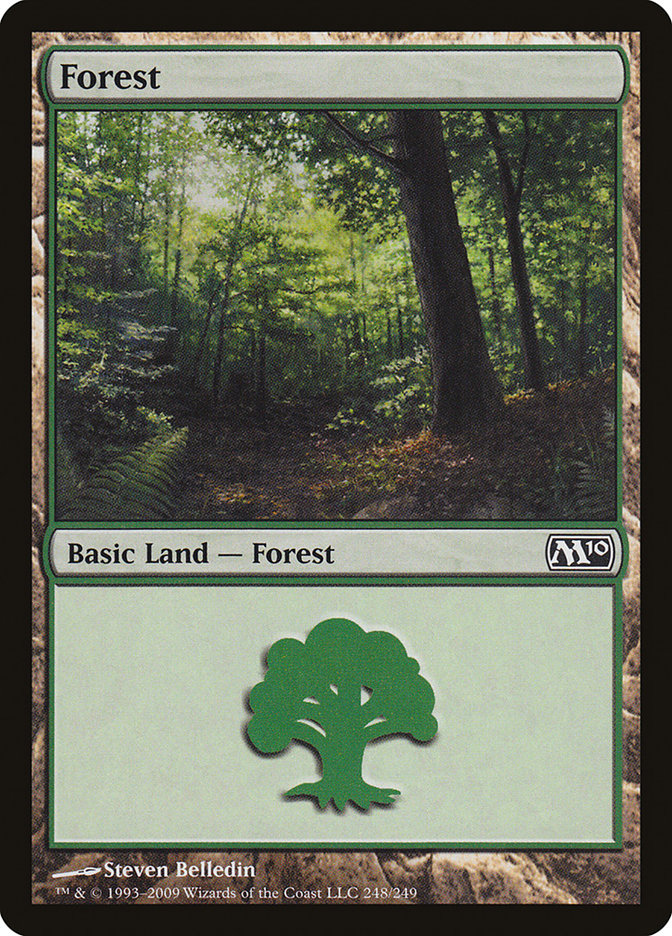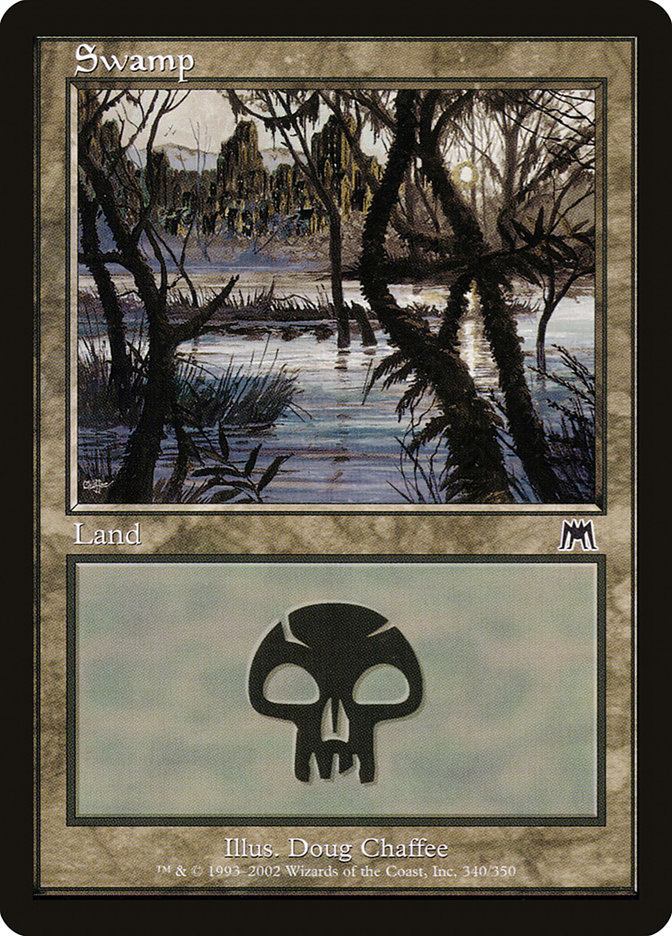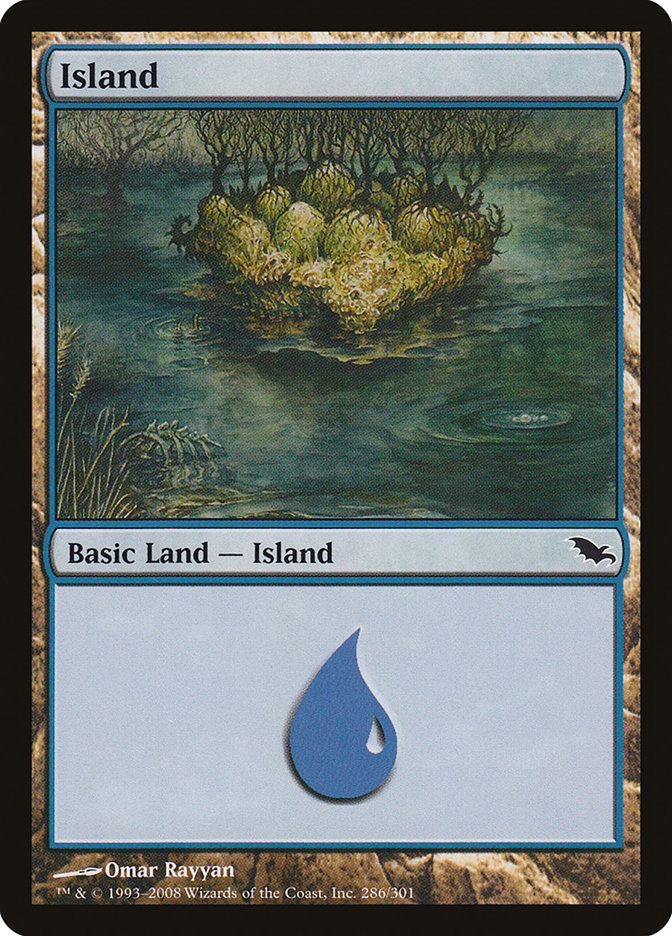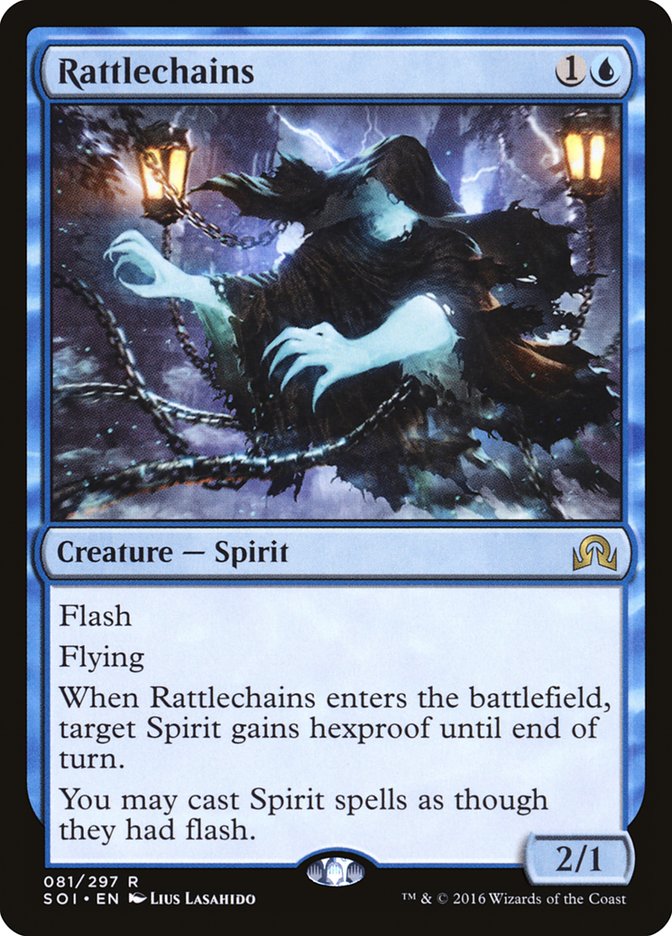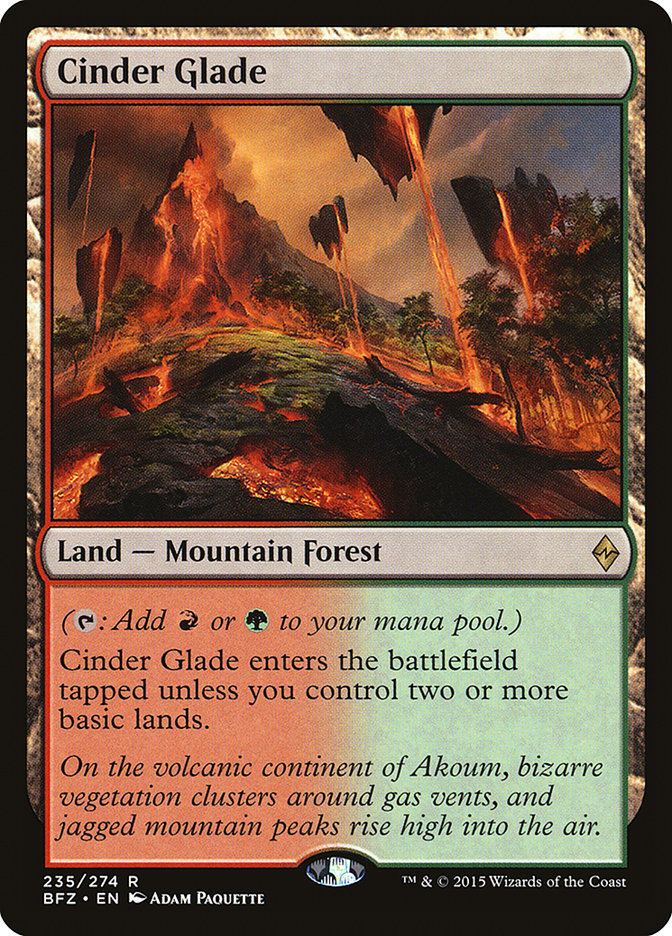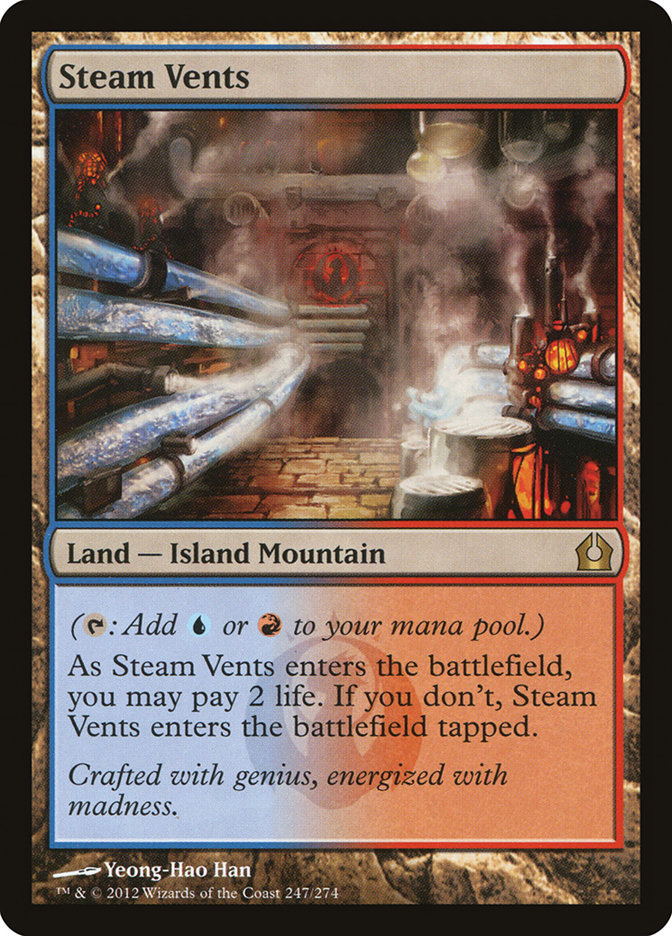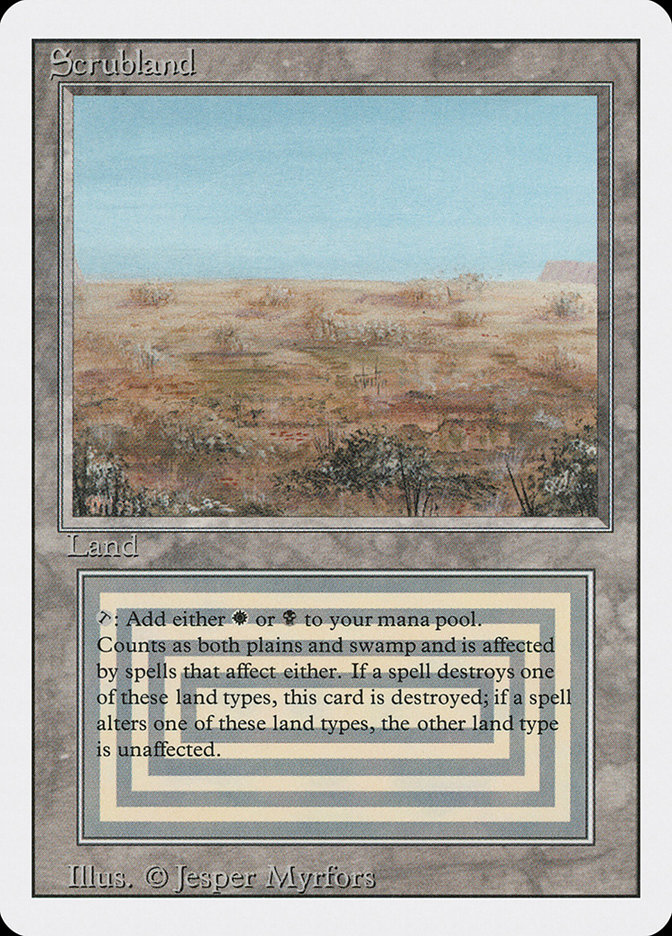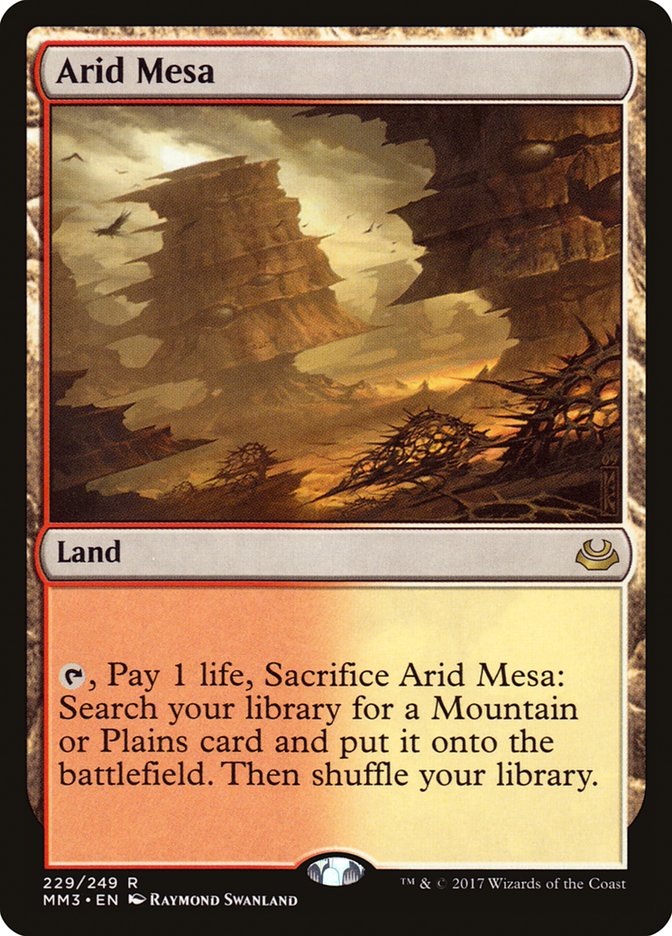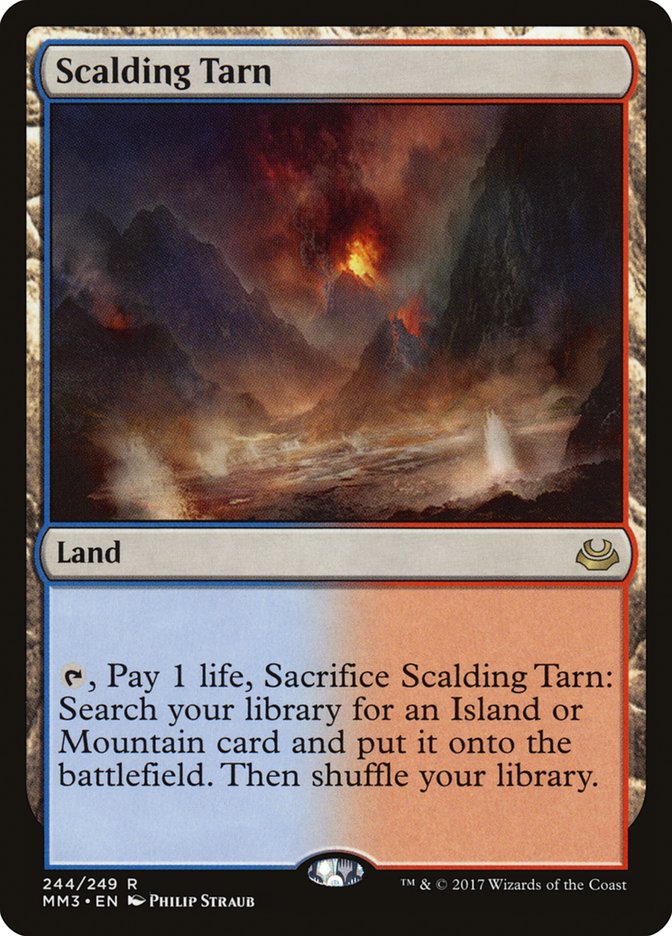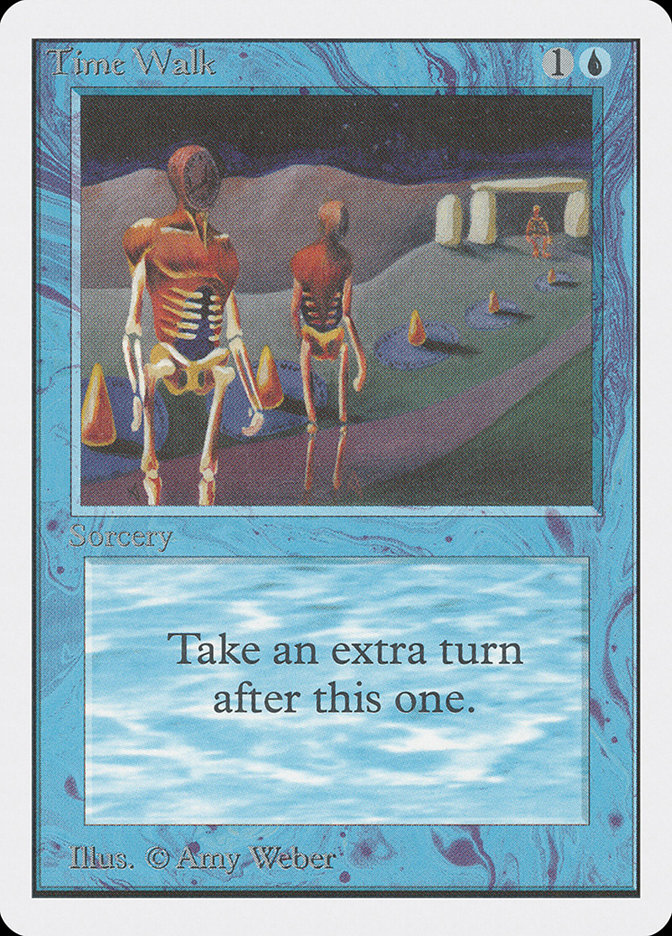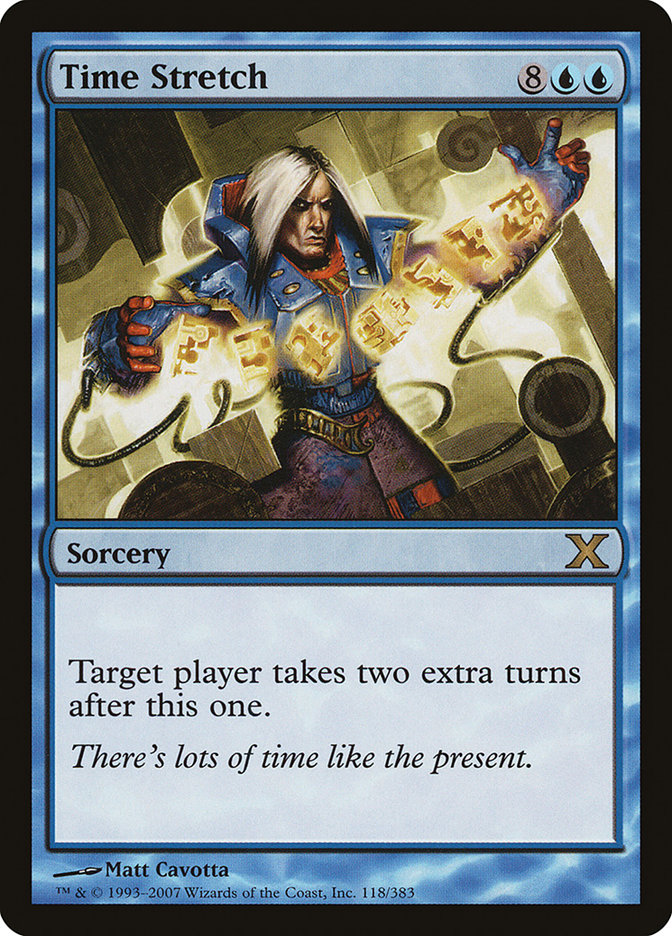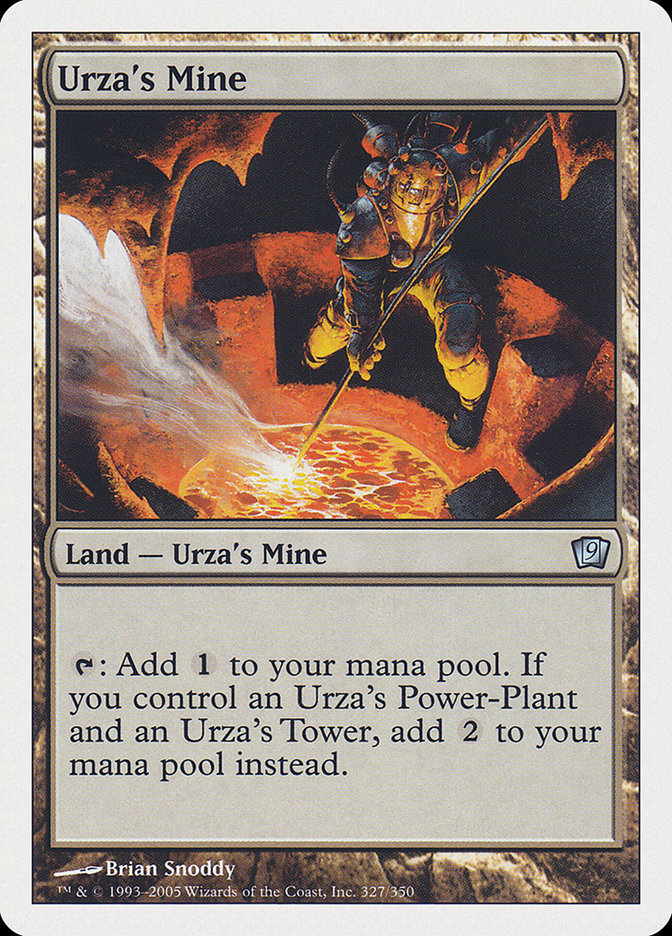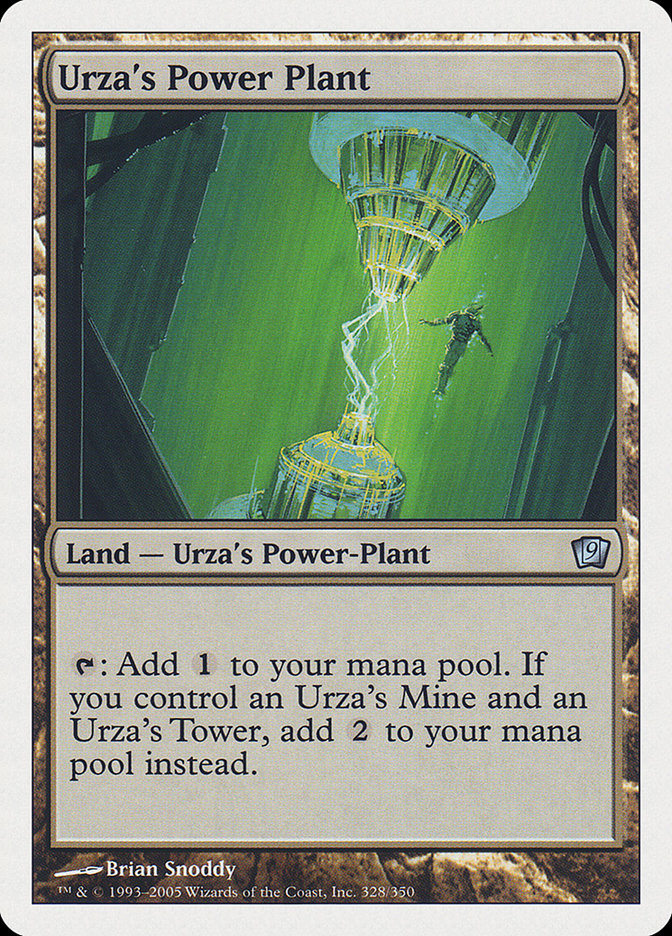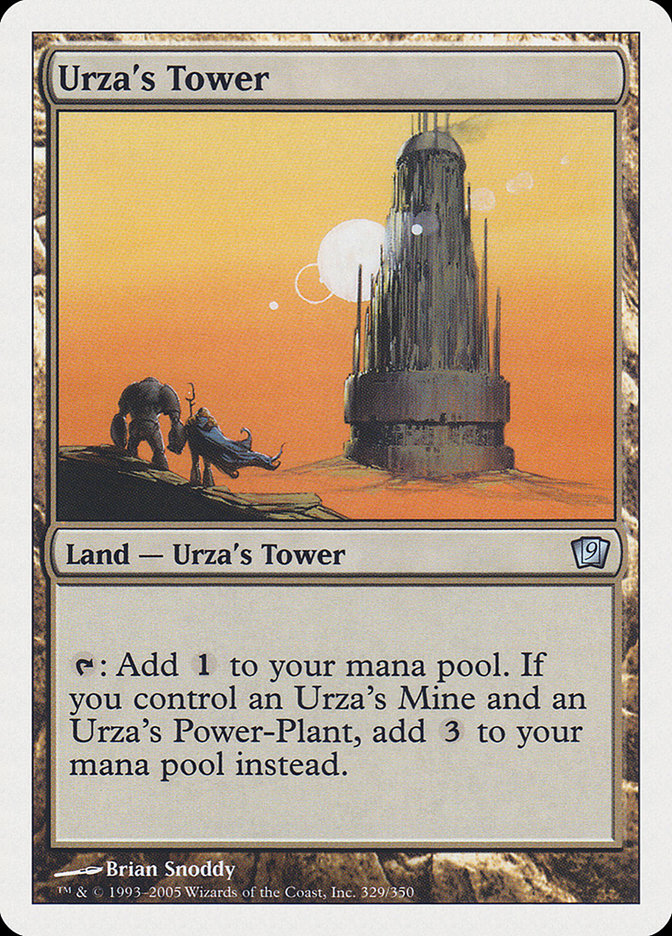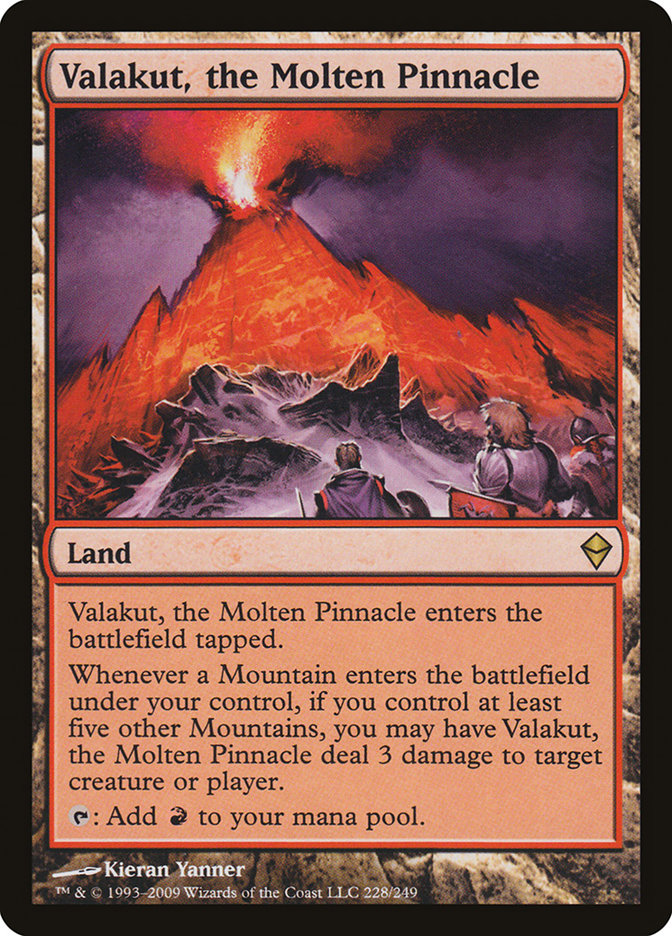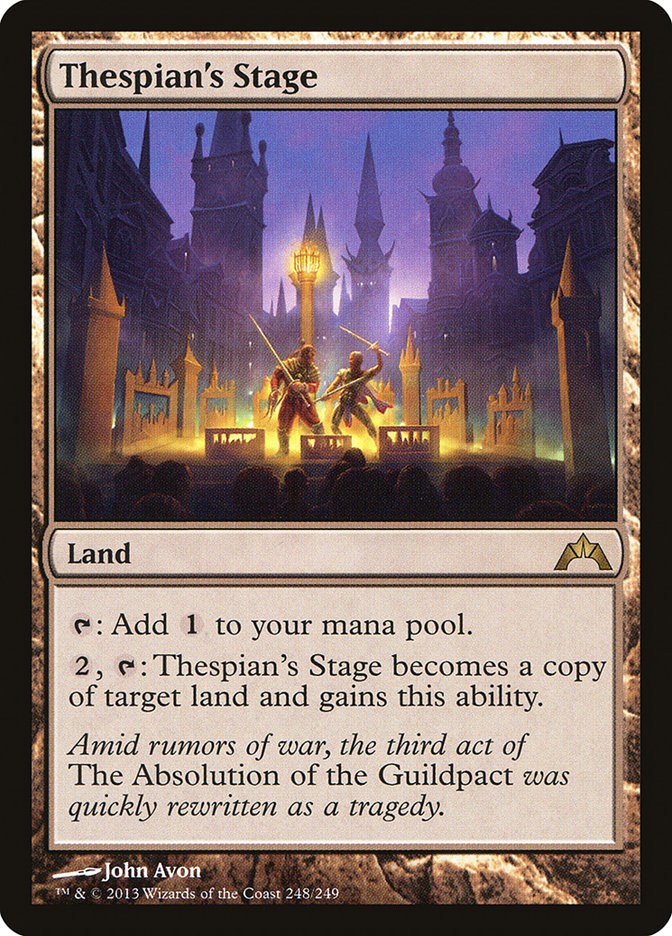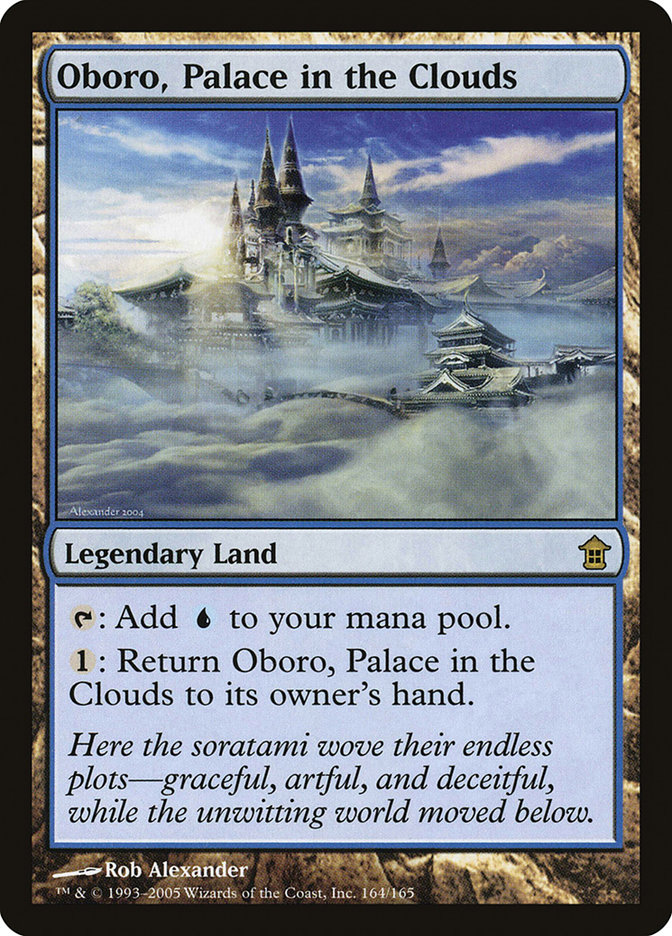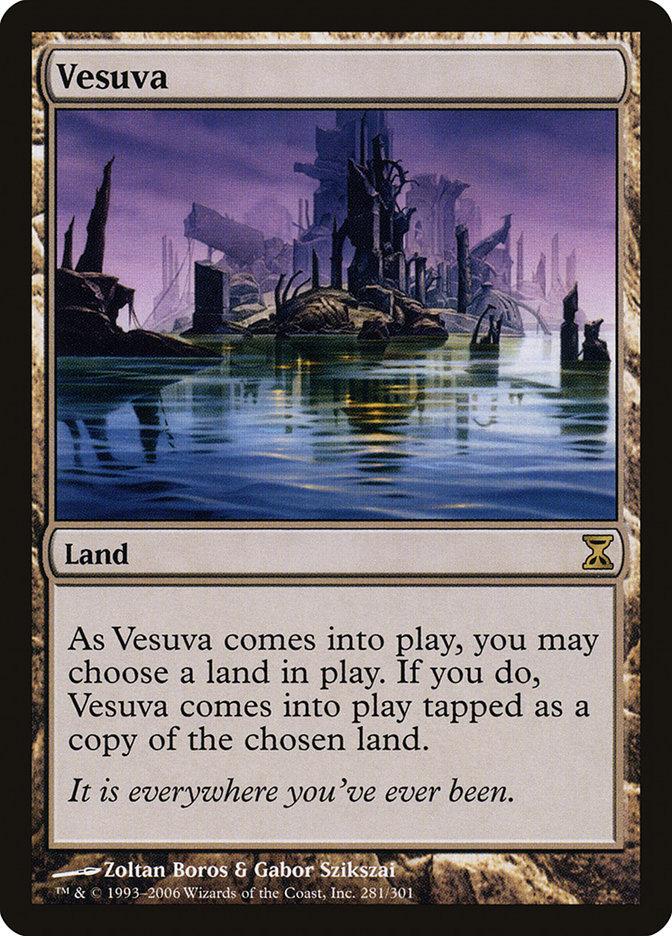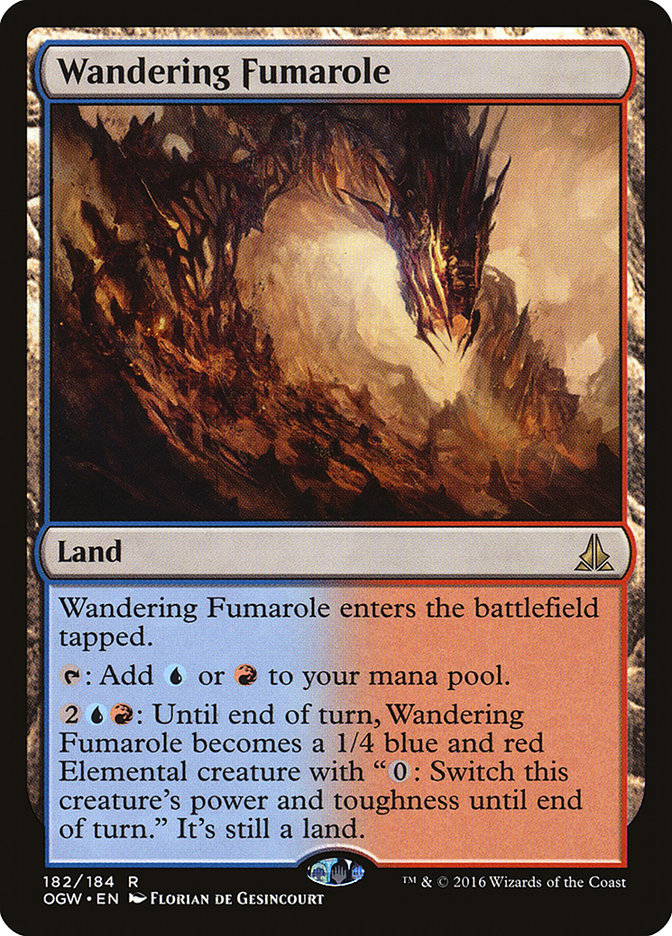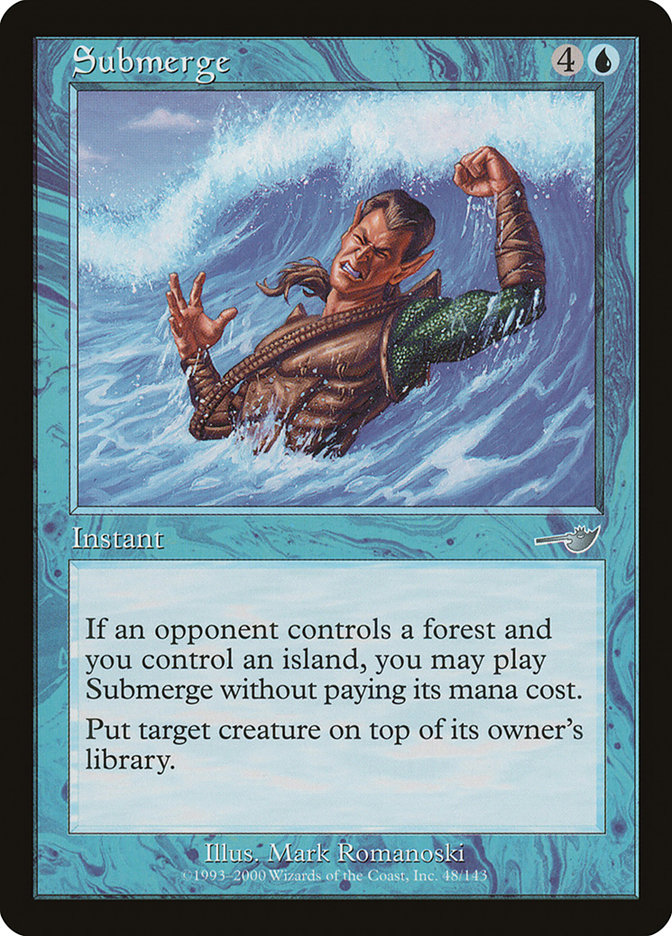Tempo is one of the most important things in Magic right now. Making sure that you can keep up with the opponent’s spells is what tends to decide games of Magic more than card advantage, it seems. It doesn’t really matter whether you have seven great spells in your hand if Gideon, Ally of Zendikar kills you before you get to cast them.
The key to casting said spells? Lands.
Here come some now!
I know! This is exactly the kind of content you have come to expect from StarCityGames.com. Lands are important!
All kidding aside, drawing enough lands isn’t always going to be enough. Making sure they’re played in the proper order matters a surprising amount.
Every set, it feels like Wizards is trying to find a new way to spin a two-color land. For a lot of these cards, the order doesn’t matter so much. If you have exclusively Celestial Colonnades and Azorius Guildgates in your hand, everything will enter the battlefield tapped, no matter how you put them onto the battlefield.
But what about a hand that includes Hallowed Fountain, Island, Glacial Fortress, and Prairie Stream? The rest of the hand can change the proper order to play these lands.
Recognizing a Curve
For the sake of simplicity, in this section, we’re going to stick to two-color decks and move on to more complex mana bases later on. Consider this hand:
The sequencing of lands in this hand can shift greatly based on the cards that come off the top of the library. If the cards drawn aren’t lands, it is generally going to be best to cast Thraben Inspector on the first turn via Port Town and crack the Clue on turn 2 with the other Port Town (in hopes of finding more lands to play). These may seem relatively basic when thinking, but the water gets muddier as curves complicate.
Think about this hand with the same kind of deck:
The way to curve with this hand is incredibly straightforward. The only real thing to do with this hand is to be sure that the Prairie Stream isn’t the second land to enter the battlefield. Otherwise, Prairie Stream could be played first or third, assuming the curve is going to be nothing on the first turn, followed by Selfless Spirit or Walking Ballista on turn 2 and Spell Queller on turn 3.
What if this deck plays Rattlechains? In that case, it’s important to play Prairie Stream on the first turn. Little changes to sequencing that respect cards you could draw, and not just the cards in your hand, make little changes that add up to enormous shifts in advantage over time.
What if one of the lands and one of the spells in the previous hand were to change?
This draw makes it a bit harder to determine the best line of play. Against a more aggressive strategy, it is going to be important to develop blockers as quickly as possible. This is going to increase the value placed on a first-turn Thraben Inspector being followed by a second-turn Selfless Spirit. In that case, the sequence would be Port Town plus Thraben Inspector and Plains plus Selfless Spirit. If the opponent doesn’t have a two-drop, it opens the door to playing a tapped Prairie Stream on the second turn in order to have Spell Queller mana on turn 3.
Against a slower strategy, it is likely correct to lead on Prairie Stream, cast Selfless Spirit on turn 2 via Port Town, and then have three mana on turn 3 with the Plains. Having Queller for a turn 3 play won’t be as strong as Quelling their four-drop, so Thraben Inspector is going to be a strong play on the play to ensure that you can keep hitting land drops and cast Archangel Avacyn on time.
Fetchlands
Entire articles could be written on playing with and against fetchlands, but all we’re here to talk about is sequencing. In the cases of fetchland selection, most decks are built with their two-basic-land-type lands in mind.
Any time there are decks with two- and three-color manabases, it is going to be relatively easy to play fetchlands that can always get any color of mana that the deck plays. Look at Brian Braun-Duin’s Miracles list from Grand Prix Louisville:
Creatures (6)
Planeswalkers (2)
Lands (21)
Spells (31)

Despite having ten fetchlands, every one of them can always get a Tundra or a Volcanic Island; every one could even get Plateau if BBD was feeling frisky.
In-game, what order should Braun-Duin be cracking and playing his fetchlands? Despite the mana looking great, there ends up being a lot of thought that goes into sandbagging fetchlands and cracking them in a specific order. Even though each fetchland can get every single color in the deck at the beginning of the game, that isn’t always true as the game progresses. The number of mana-producing lands that each fetch can grab is different.
Arid Mesa has seven total lands that it can search for in the deck. In a control deck that can have upwards of ten lands on the battlefield, Arid Mesa can run out of cards to search for over the course of a game. Sensei’s Divining Top is going to tie up a few mana every turn, so making sure that the card you need to search for isn’t being taxed into “spinning the top” comes up frequently.
When possible, it is generally going to be best to either lead on Arid Mesa when fetching for a dual land or prioritizing it as the primary fetchland for Plains. We’ll touch more on the latter point in a couple of paragraphs.
Scalding Tarn has nine targets* in the deck and is the next land to be cracked as the game progresses. For reasons listed above, trying to expend cards with lowest return rate as the game progresses should be a priority with playing with these kinds of lands.
* Fetchlands don’t actually target, but using “target” to refer to how many total cards a spell or ability can search for is commonly used, albeit technically incorrect, jargon.
Flooded Strand can grab every single mana-producing land in this deck. When possible, it is going to be best to use other fetchlands before sacrificing Flooded Strand, as it’s the most versatile land in the list. There isn’t much more to it.
Choosing the order to search for lands out of the deck is an entirely different story.
The order that one searches for lands can keep fetchlands live for longer. The best rule of thumb in these kinds of decks is to try to keep a single dual land in the deck when possible. This is going to lead to a greater number of live draws in the deck, which will in turn translate to a better series of draw steps and turns, culminating in a higher win rate.
These points tend to matter the most in decks that either plan to play a long game or that play several different colors and need to be mindful of fixing.
Fixing Colors
Modern has tended to lean towards decks stretching their manabases further and further as of late. In the most recent tournament that I attended, I was fortunate enough to make the elimination rounds with a deck sporting twelve fetchlands and only six mana-producing lands.
Creatures (15)
Planeswalkers (2)
Lands (18)
Spells (25)

One of the first steps in learning a deck like this is identifying the hierarchy that determines how to prioritize lands. In other words, how are you fetching and what for? I’ll give you a minute.
Generally speaking, the order to crack fetches is going to be Wooded Foothills, Polluted Delta and Marsh Flats, Bloodstained Mire, and finally Verdant Catacombs. To summarize it all in as few words as possible:
Wooded Foothills can’t grab Godless Shrine, meaning that it can’t grab all of the colors in the deck. Using it to grab Jund-colored shocklands early is the best use of the land.
Polluted Delta and Marsh Flats are just generic black fetchlands; it doesn’t really matter if they are Polluted Delta or Marsh Flats. They can grab each color in the deck, but not Stomping Ground or basic Forest.
Bloodstained Mire is pretty close to the same tier as Polluted Delta and Marsh Flats, but it has the ability to search for Stomping Ground when necessary.
Verdant Catacombs can grab anything. It’s a wonderful card.
All of these rules are going to change based on how the game itself plays out. If Godless Shrine isn’t something that needs to be searched for, Wooded Foothills becomes a better land than it would be otherwise.
When white is required early and you only have two fetchlands, it is beneficial to search in such a way that it is possible to find Godless Shrine and Stomping Ground. It provides the colored mana requirements to cast everything in the deck and only puts you a single black source away from Liliana of the Veil.
In scenarios with more lands, it is important to look at the colors required of the spells and try to gain an understanding of what colored mana is required to cast most spells. In the case of the Death’s Shadow deck, over half of the deck is going to require black mana…and sixteen of those spells are one-drops! This means that finding multiple black sources early is going to make or break a significant number of draws. Prioritizing the second black over the first red isn’t uncommon.
In decks that are as streamlined as those in Eternal formats, the main priority should be casting the spells you already have and then compensating for the rest of the spells in your deck. Death’s Shadow and other lots of fetchlands-plus-low-fetchable-land-count decks really push these skills to the max.
Tips and Tricks
Some of the nonbasic lands in Magic tend to have their own subsets of rules that go with them, but aren’t worth dedicating entire articles towards. It felt like a copout to not include at least a few of them that I’ve learned in my years as a competitive player. How many of these did you already know?
Did you know you’re supposed to search for Urza’s Tower last? It might sound like it doesn’t matter, but imagine a curve that involves tapping two Tron lands to search for the third piece and then playing the third piece in the same turn. In these cases, it’s best to find Urza’s Tower last because it will generate the most mana on its own.
On the flipside, when playing the land-destruction game against Tron, don’t blow up Urza’s Tower. When the player has to spend their un-powered lands to rebuild their mana on the following turns, they will have less mana when they get it back online. This could be the difference between them activating an Oblivion Stone with two Tron lands or not. The single-mana difference isn’t to be underestimated.
If you’re playing a combo deck that relies on Valakut, the Molten Pinnacle to kill the opponent, don’t play it until the turn you’re planning to kill them. Playing it before that exposes it to Crumble to Dust and the Fulminator Mage / Surgical Extraction combo. Sandbagging it until the turn you cast Primeval Titan or Scapeshift is going to be better against red decks specifically, but also the decks that can play Spreading Seas, Beast Within, and so on.
Which came first, the Dark Depths or the Thespian’s Stage? If the player is playing correctly, it was likely the Thespian’s Stage. Using Thespian’s Stage to copy a basic land protects it from Wasteland and can give a turn of breathing room against many of the best forms of land destruction in the format.
Oboro, Palace in the Clouds can be a mana filter! Outside of the card’s use as Choke protection for Merfolk, Oboro can help Merfolk players cast their double-blue spells when they’re flooded on Mutavaults. Just tap the Oboro for a blue, bounce it with its own ability via Mutavault, and then replay it for the second blue. A Shimmering Grotto impression sure ain’t pretty, but it gets the job done in a pinch.
Did you know that, if you don’t copy anything with Vesuva, it enters the battlefield untapped? If there’s something like an Urborg, Tomb of Yawgmoth or Blood Moon, it may not even be necessary to copy something, as the Vesuva will still have a way to produce mana. Do with this information what you will.
If the opponent is going to activate Wandering Fumarole to deal four damage to something instead of one and you have a damage-based removal spell that will only kill it after its power and toughness are flipped, be sure to cast it with the first activation on the stack. This basically makes it impossible for the opponent to save it from the removal spell. Even if they switch it to be a 4/1 before the spell resolves, that just means the Fumarole will die with the flip on the stack. If they choose to do nothing, the Fumarole will die when their initial flip resolves.
One of the oldest tricks in Legacy is to Submerge the opponent’s creature in response to their casting a spell or activating an ability that would require them to search their library. It forces them to shuffle the bounced creature away and means the creature may just be gone for good. This is most common against green creature decks with high numbers of fetchlands and shuffle effects. Forcing an Elves player to shuffle Ruric Thar, the Unbowed into their library feels so good that it’s probably fattening.
Loving Lands
At the end of the day, people are playing lands to try to execute their strategy. Outside of a handful of archetypes, most people are playing lands as a necessary evil. Getting mana-flooded feels horrid (trust me, I know), but we need lands to cast spells. Remember that the next time you think of cheating on your manabase. Lands are just here to make sure all of your spells are castable and on-time.
What are your favorite land-related tricks in Magic? Any cool stories related to the bottom row of the battlefield? Drop them in the comments section! The stories centered around lands tend to be the most distinctive parts of the game!


